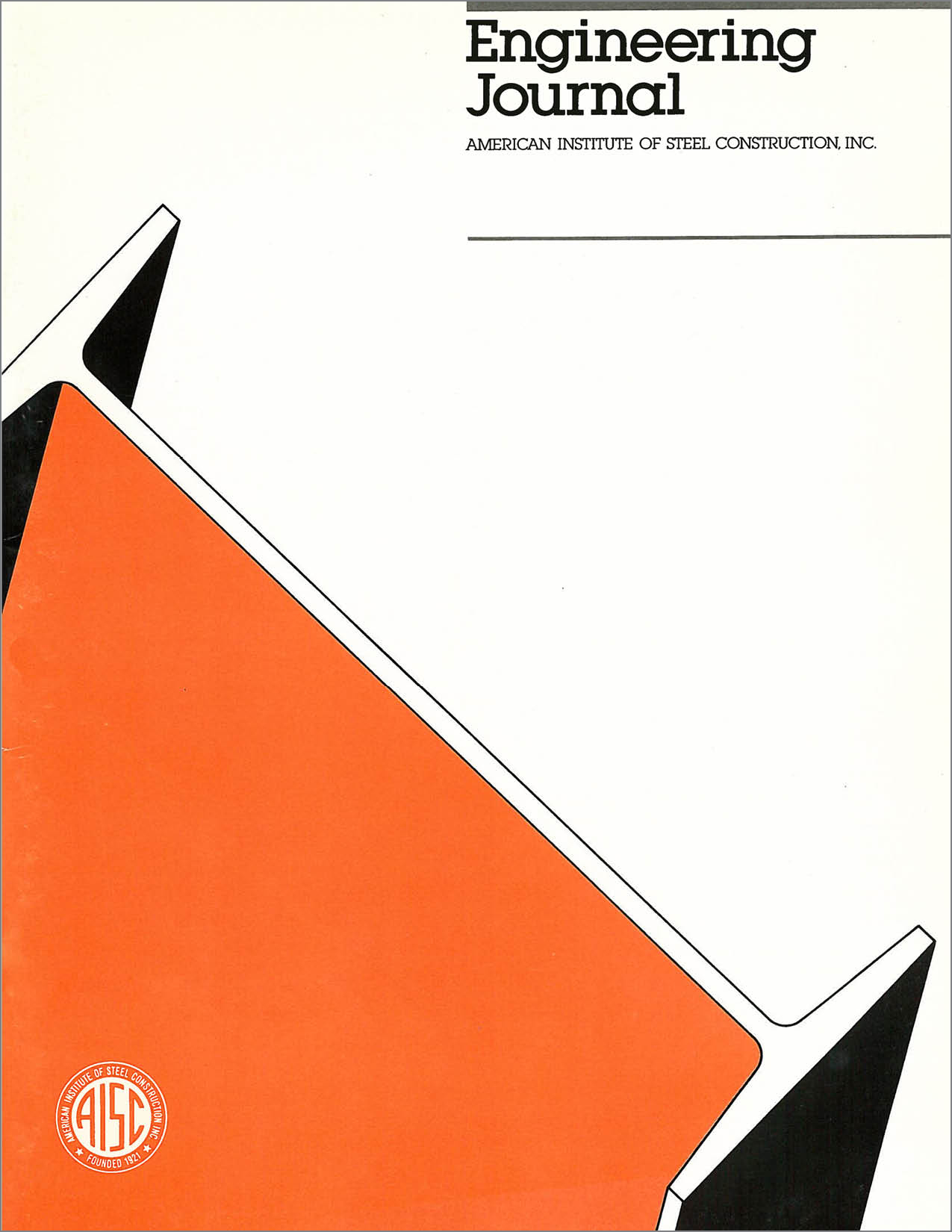Optimal Design of Steel Frames to Enhance Overall Stability
DOI:
https://doi.org/10.62913/engj.v31i2.625Abstract
Civil engineering structures are generally proportioned by the method of trial and error, wherein provisional designs are analyzed and checked for compliance with specified design criteria. If the performance of the structure does not meet the specified criteria, then the provisional design is modified. Design improvements are generally inspired by the desire to save weight in materials and are often achieved through ad hoc procedures suggested by the violated criteria (e.g. if a stress limit in a certain member is exceeded, then the size of that member is increased). A design that satisfies all specifications is adequate, but is probably not the best design available. Computational mechanics and optimization can be valuable allies of the structural design engineer, particularly in the final design stages of complex facilities or simpler facilities governed by complex behavioral criteria. Both of these sources of complexity often push the limits of experience and intuition. The design of building structures to provide adequate overall stability is an instance in which design improvements are not always intuitively obvious, and hence might benefit from a more systematic computational approach. In this paper we present the simplest case of the general stability-based design procedures developed in our earlier work. Specifically we examine the problem of the design of a planar steel framed structure subjected to a single load case, using a single design variable for each cross section. The value of examining this special case is its power of illustration. The formulas that drive the design procedure, reduced to their simplest forms, yield insight into the physical interpretation of the design process. The design procedure is applied to a four-story frame, initially designed according to UBC and AISC specifications. The optimized design is then checked for conformance with these same specifications. Through this ex-ample we hope to clarify the connection between the more traditional design and the enhanced design, and to examine the fate of design constraints not formally included in the procedure.

